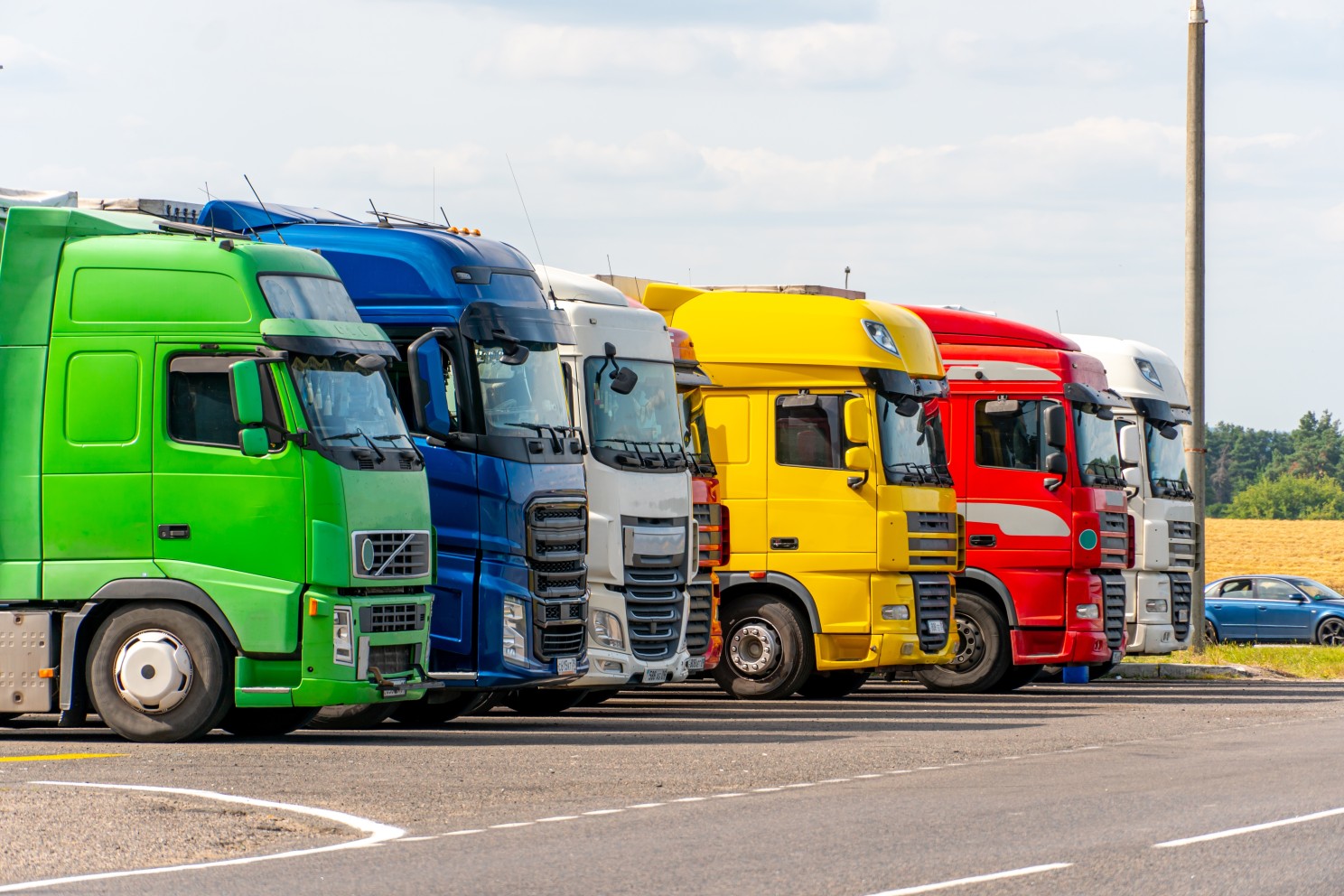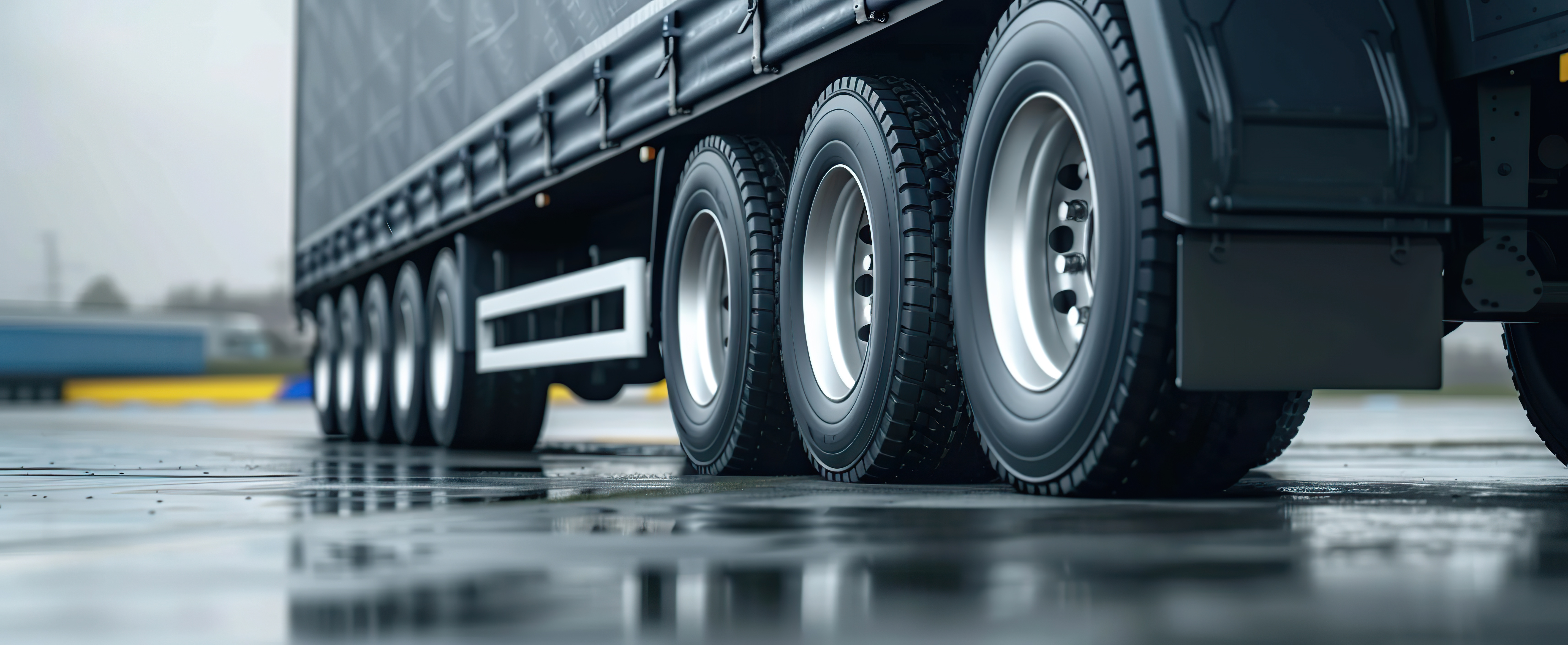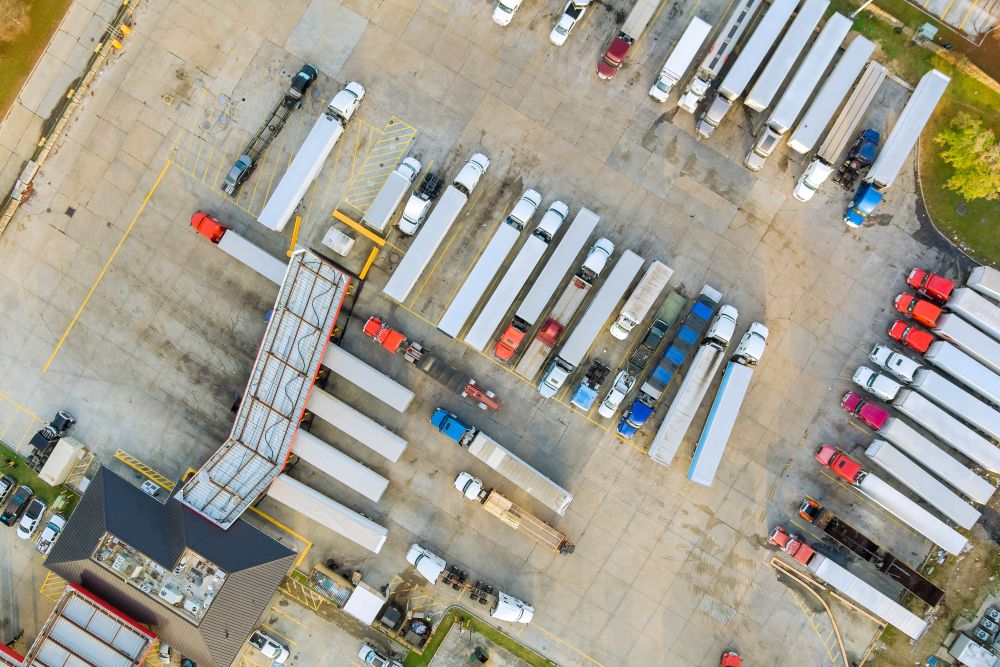
Josh Cousens
Ce trebuie să știe managerii de flote despre reglementările UE în domeniul transporturilor
Creat: 07.04.2025
•
Actualizat: 07.04.2025
Știm că managerii de flote trebuie să jongleze cu lipsa șoferilor, cu creșterea costurilor combustibilului și cu sarcina considerabilă de a menține camioanele conforme. Acum, adăugați o rețea complexă de reglementări UE în materie de transport care evoluează mai rapid decât kilometrajul flotei dumneavoastră. Vă sună cunoscut?
Bine ați venit în prima linie a transportului european.
De la normele privind orele de serviciu la obiectivele privind emisiile, peisajul de reglementare al UE este o provocare și jumătate, dar și o foaie de parcurs pentru un transport mai inovator, mai sigur și mai durabil.
Fie că conduceți o firmă de familie în Polonia, fie că supravegheați operațiuni paneuropene din Regatul Unit, a rămâne în fața regulilor nu este opțional. Este vorba de supraviețuire.
De ce managerii de flote trebuie să acorde atenție
Reglementările UE privind transportul afectează aproape fiecare aspect al activității dumneavoastră: orele de lucru ale șoferilor, emisiile vehiculelor, controalele la frontieră, parcarea și conformitatea digitală. A rămâne în urmă ar putea însemna amenzi, întârzieri sau pierderi de contracte.
Vestea bună este că dacă înțelegeți sistemul, îl puteți folosi în avantajul dumneavoastră. Cunoscând regulile, este mai ușor să vă scoateți afacerea în evidență față de concurență.

Principalele reglementări UE în materie de transport pe care trebuie să le cunoască toți administratorii de flote
1. Orele șoferilor și legislația privind tahograful
Uniunea Europeană are norme stricte cu privire la timpul în care șoferii pot lucra pe șosea. Managerii de flote trebuie să se asigure că șoferii lor:
- Nu conduceți mai mult de 9 ore pe zi (se poate prelungi la 10 ore de două ori pe săptămână)
- Nu depășiți 56 de ore de condus într-o săptămână
- Luați o pauză de 45 de minute după 4,5 ore de condus.
Tahografele digitale trebuie să fie instalate pe toate vehiculele relevante pentru a urmări conformitatea. Nerespectarea acestei cerințe este unul dintre cele mai frecvente motive de sancționare.
Aflați mai multe despre regulile tahografului aici.
2. Pachetul privind mobilitatea
Acest set amplu de reforme transformă transportul transfrontalier de mărfuri. Schimbările cheie includ:
- Returnarea regulată a vehiculelor în țara de origine la fiecare 8 săptămâni
- Salarii egale pentru șoferii care operează în țările gazdă din UE
- Noi norme privind cabotajul și detașarea șoferilor.
Este o schimbare radicală pentru managerii de flote care supraveghează transportul internațional.
Aflați mai multe despre pachetul de mobilitate aici.
3. Emisiile și normele de mediu
Zonele cu emisii reduse (LEZ), obiectivele de CO2 pentru camioanele noi și stimulentele pentru vehiculele electrice sunt doar începutul.
Managerii de flote trebuie să respecte standardele de emisii Euro 7. Acestea includ:
- Aflați unde sunt situate zonele cu emisii reduse (în special în orașe precum Paris, Berlin și Milano)
- Investiți în tehnologii mai puțin poluante sau modernizați vehiculele mai vechi
- Urmăriți datele privind emisiile pentru cerințele de raportare.
4. Tahografe inteligente și conformitate digitală
Uniunea Europeană face presiuni în direcția aplicării automatizate:
- Tahografele inteligente sunt obligatorii în toate vehiculele noi
- Aceste dispozitive transmit date GPS și pot fi scanate de la distanță de autorități
- Instrumentele digitale de gestionare a flotei nu mai sunt un lux - sunt plasa dumneavoastră de siguranță juridică.
5. Norme transfrontaliere privind parcarea și odihna
Managerii de flote trebuie să planifice locurile de parcare și de odihnă în conformitate cu normele privind bunăstarea conducătorilor auto:
- Șoferii trebuie să petreacă perioade săptămânale de odihnă în afara cabinei
- Parcarea securizată a camioanelor devine obligatorie în unele regiuni.

Întrebări frecvente
Care sunt normele UE privind orele de conducere pentru șoferii de vehicule grele?
Managerii de flote trebuie să se asigure că șoferii respectă limitele reglementate de UE: 9 ore pe zi (cu flexibilitate), pauze corespunzătoare și limite maxime de conducere săptămânale/lunare.
Ce este pachetul UE privind mobilitatea pentru camioane?
Reforma pachetului privind mobilitatea asigură o concurență loială, bunăstarea șoferilor și o supraveghere adecvată în transportul rutier și internațional de marfă - cu norme mai stricte privind cabotajul, remunerarea și returnările.
Ce se întâmplă dacă încalci regulile tahografului?
Șoferii care încalcă regulile tahografului se pot aștepta la amenzi, potențiale interdicții și o reputație afectată pentru firmă. Neconformitatea nu este doar un risc - este și costisitoare.
Țările UE impun standarde de emisii pentru camioane?
Da. Majoritatea țărilor și orașelor europene importante au politici stricte și obiective privind emisiile pentru a reduce poluarea aerului de către vehicule, astfel încât operatorii de flote trebuie să planifice din timp.
Imaginea de ansamblu
Managerii de flote nu gestionează doar camioane; ei gestionează, de asemenea, riscul, conformitatea și reputația afacerii lor. Înțelegerea reglementărilor UE privind transporturile face diferența între a prospera în transportul modern și a rămâne în urmă.
SNAP face această sarcină mai ușor de gestionat. De la plăți digitale la soluții pentru parcarea și conformitatea camioanelor, îi sprijinim pe oamenii care fac Europa să se miște.
Reglementările se înăspresc, dar managerii de flote competenți? Și ei își înăspresc jocul.
Sunteți pregătit să vă conformați, să rămâneți competitiv și să conduceți viitorul transportului de marfă? [Deblocați SNAP astăzi] (https://register.snapacc.com/en).



